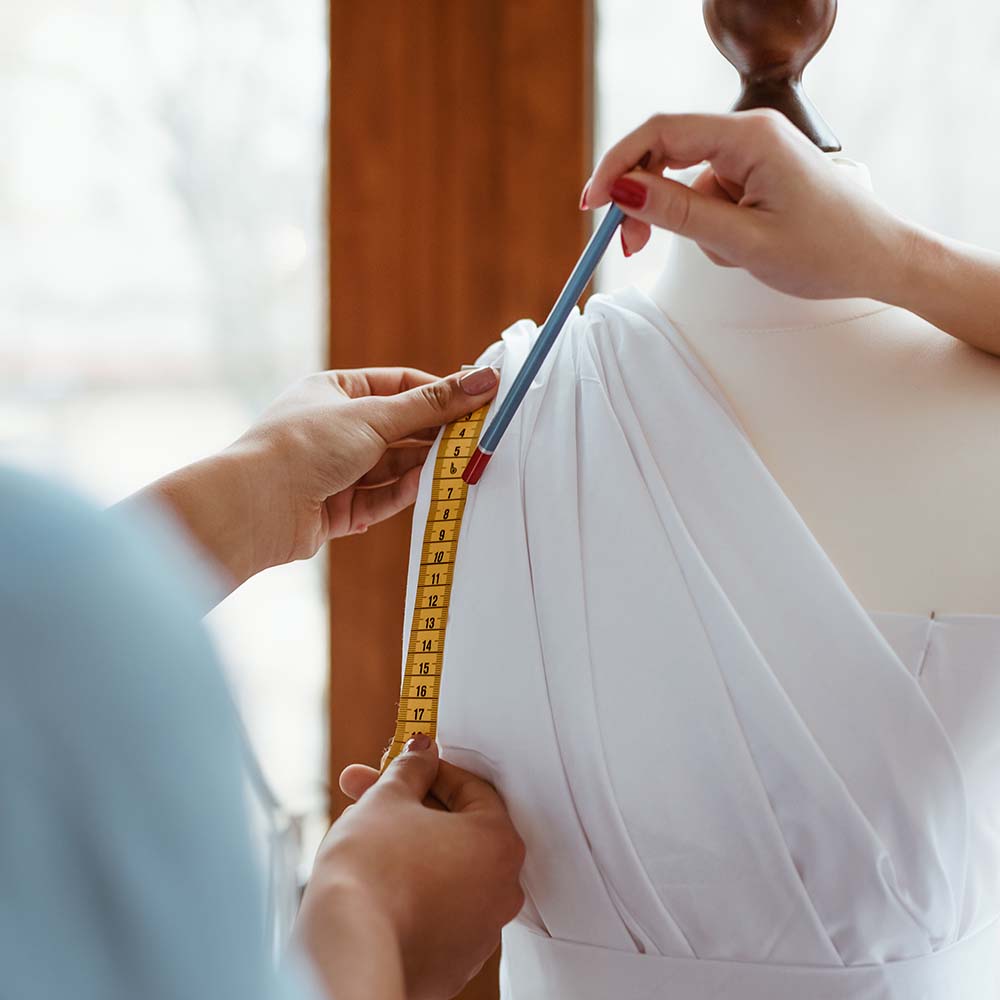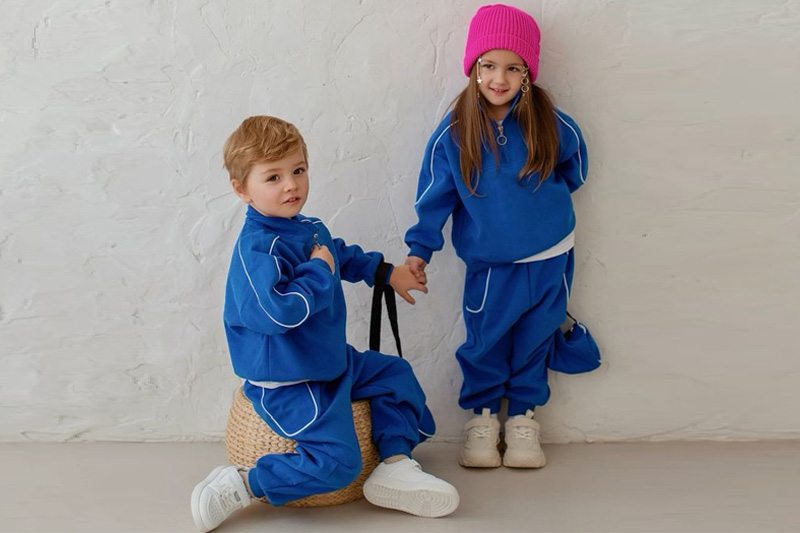We’ve all seen it: a kid pulling at a waistband that’s too tight, or a shirt that rides up when they lift their arms. As someone who’s been in kidswear for a while, let me tell you—fit matters. And not just for comfort. The way clothing fits kids of all shapes can actually change how they feel, move, and even play.
Designing children’s clothing to suit different body types means creating pieces that are flexible, adjustable, and inclusive. It’s not just about size charts—it’s about real-life comfort and confidence. From wider waistbands and stretch fabrics to more size options and better cuts, smart design helps every child feel like the clothes were made just for them.
This isn’t about following a trend. It’s about doing what’s right—for kids and for the parents who buy for them.
Are we designing with all shapes and sizes in mind?
If you’ve ever watched a group of kids playing, you’ll know—there’s no such thing as a “standard” child. Some are tall and lanky. Some are round and soft. All are perfectly normal.
To design with all body types in mind, we have to move beyond just offering “S, M, L.” It means studying how different kids move, fit-testing on a range of body shapes, and adding flexibility where it matters most—waistbands, sleeves, length.
Because no one should have to feel uncomfortable just for being built differently.
Why should every child feel comfortable and confident in our clothes?
It’s simple: when clothes fit well, kids move better—and feel better, too.
Well-fitting clothes help children feel more at ease in their bodies. They can run, play, sit, and explore without tugging, scratching, or adjusting. When they feel good physically, they’re more confident emotionally—and that matters more than any logo or trend.
I remember a customer telling me how her son—who usually hated new clothes—refused to take off our joggers because they “felt like pajamas but cooler.” That’s the sweet spot.
Can adjustable features help us fit growing, changing bodies better?
Absolutely, and they should be standard by now.
Kids don’t grow in straight lines. One season they’re long-legged. The next, it’s all tummy and cheeks. Adjustable features—like drawstrings, extendable hems, and elastic waists—give clothes a longer life and better day-to-day comfort.
Here’s a quick table that shows how we use adjustability smartly:
| Feature | Benefit for Fit and Function |
|---|---|
| Elasticated waistbands | Accommodates different belly sizes |
| Adjustable straps | Allows for height variation and growth |
| Buttonhole elastics | Helps pants grow with the child |
| Foldable cuffs | Extends sleeve/pant life as kids grow |
These little tweaks make a big difference.
Is inclusive sizing the new standard—not just a nice-to-have?
It really needs to be.
Inclusive sizing in kidswear means offering options that work for all kinds of bodies—not just the “average” child. That includes husky fits, slim fits, and options for children with special sensory needs or disabilities. It’s about making sure no one is left out at the shopping stage.
I’ve heard from buyers who tell me they wish more suppliers understood how important this is for their customers. It’s more than a checkbox. It’s respect.
How do thoughtful fits reduce returns and increase parent satisfaction?
This is where design meets business.
Clothing that fits right the first time leads to fewer returns, happier parents, and better reviews. No one wants the hassle of shipping items back—or watching their kid cry over clothes that feel “wrong.” Thoughtful fits lead to smoother buying decisions, more repeat customers, and stronger trust in your brand.
A buyer once told me, “Your fit is one of the reasons we reorder. Parents rarely complain—and that saves us a lot of time and money.” Win-win.
Real Talk: What Thoughtful Fit Looks Like in Practice
At Taian Lianchuang Textile Co., Ltd, here’s what we’ve learned works:
- Test across body types: Not just one “fit model”—we try on several sizes with real kids of different shapes.
- Ask for buyer feedback: What do they hear from parents? This helps us adjust patterns season by season.
- Design for movement: Kids don’t sit still. Neither should our seams and cuts.
- Label smartly: Clear tags help parents choose sizes with more confidence.
These changes didn’t happen overnight, but they’ve helped us create clothes that feel more like friends than just fabric.
And here’s the thing: kids remember the clothes that feel good. So do their parents. And so do buyers.
Conclusion
Designing for different body types isn’t complicated. It just takes listening, adjusting, and caring a little more. When clothes fit right, everything else just works better.
From China to North America, Europe to Australia—at Taian Lianchuang Textile Co., Ltd, we believe that every child deserves to feel good in what they wear. Because comfort isn’t a luxury. It’s the baseline.



